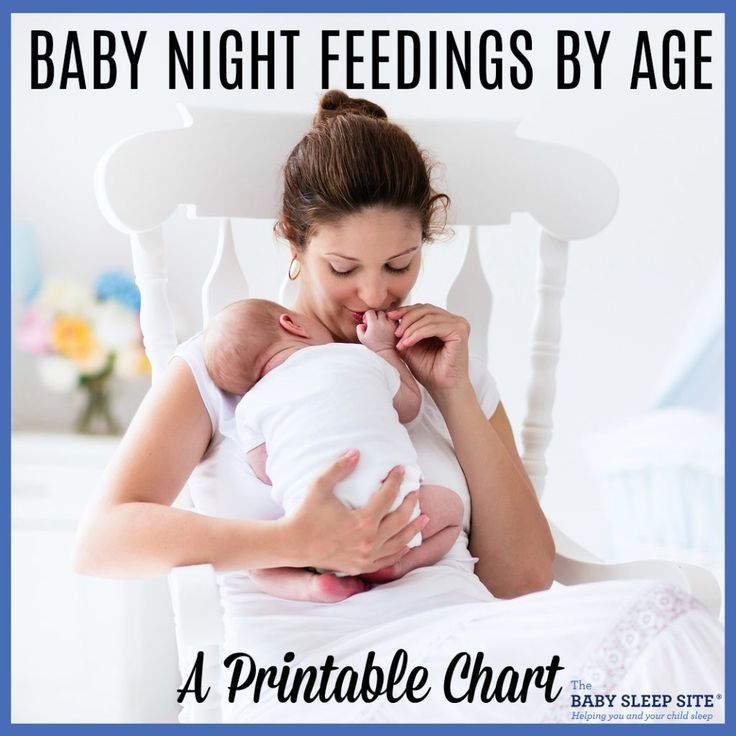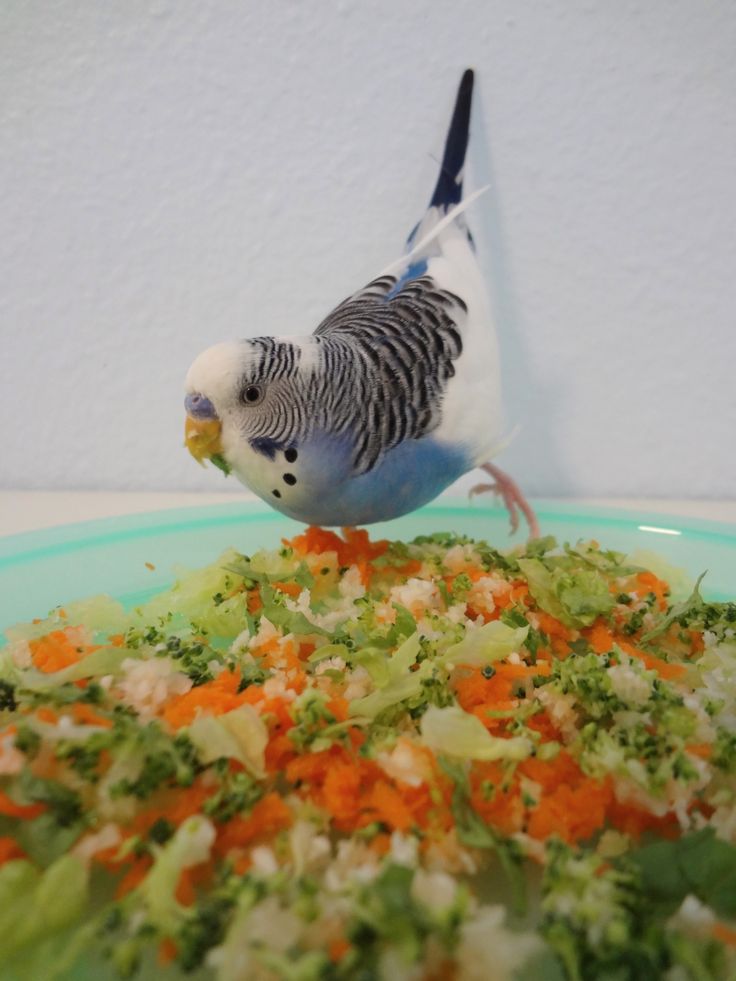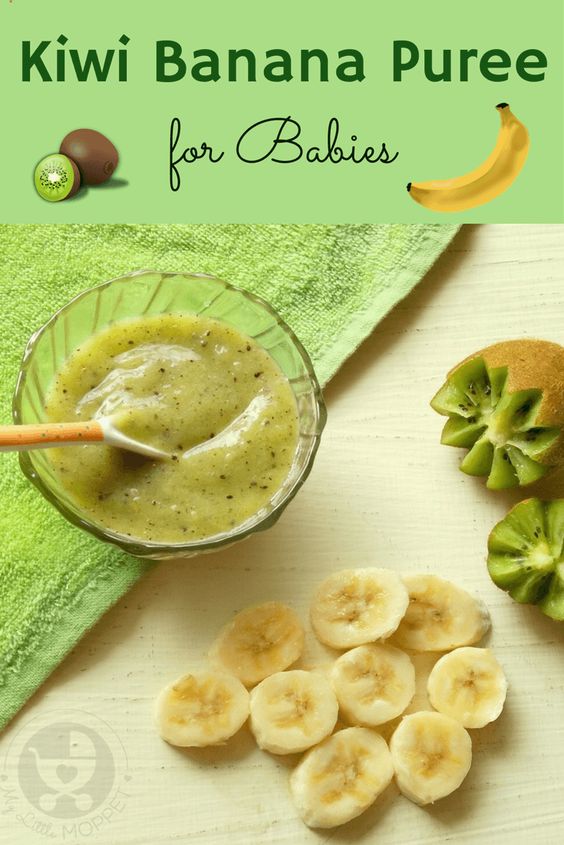Global baby food market
Baby Food Market Size, Share and Growth
The global baby food market size was valued at $67.3 billion in 2019 and is projected to reach $96.3 billion by 2027, growing at a CAGR of 6.0% from 2021 to 2027. Traditionally, babies are fed with soft home cooked food, a practice that is still popular in underdeveloped and developing countries. However, growing urbanization and changing lifestyles have increased the demand for packaged baby foods in different societies and cultures. These foods are fed to babies between the ages of four to six months and two years. Growing awareness for nutrition, rise in organized retail marketing, urbanization paired with a significant increase in the count of working women population are key factors that boost the baby food market growth. Concerns related to food safety, falling birth rates, and the practice of feeding home cooked food to babies are the key restraints in this market.
The baby food market is segmented based on product type, distribution channel and geography. Based on product type, the market is segregated into dried baby food, milk formula, prepared baby food, and other baby food. Presently, milk formula occupies the largest market share followed by the product segment of prepared baby food. However, over the forecast period, product segment of prepared baby food would gain prominent adoption in the global market. Sales of milk formula baby food is highly concentrated in the APAC region. Alternatively, demand for prepared baby food is largely limited to developed regions. However, market for prepared baby food, in developing regions would pick pace over the forecast period, subsequently leading to the dynamic growth of the market in the APAC region. Thus, this has opened a lot of opportunities for baby food market.
Supermarkets, hypermarkets, small grocery retailers, and health & beauty retailers are the key distribution channels in the market. Supermarkets are the primarily preferred distribution channel among consumers, followed by health and beauty retailers.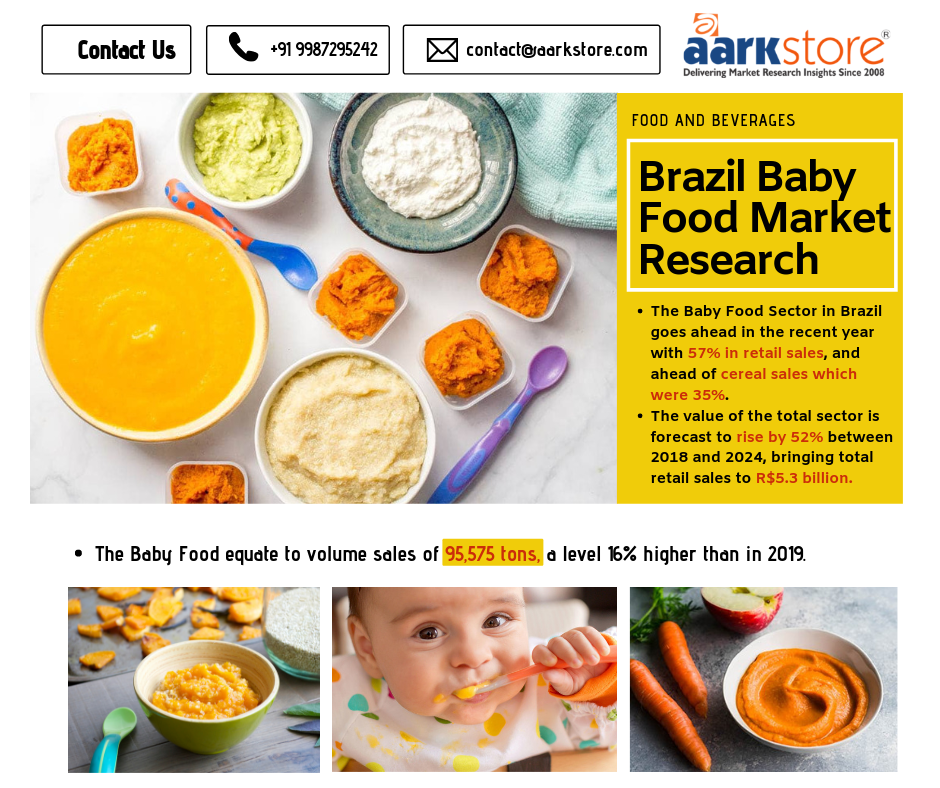 However, considering the scenario in few Asian developing countries such as India, small grocery retailers and health & beauty retailers hold significant share considering sales in the region. Small grocery retailers account for a comparatively smaller share in the baby food market but would witness rapid growth over the forecast period. Other distribution channels include discounters, non-grocery retailers, and non-store retailing.
However, considering the scenario in few Asian developing countries such as India, small grocery retailers and health & beauty retailers hold significant share considering sales in the region. Small grocery retailers account for a comparatively smaller share in the baby food market but would witness rapid growth over the forecast period. Other distribution channels include discounters, non-grocery retailers, and non-store retailing.
Increasing urban population, changing lifestyles of individuals due to considerable rise in disposable incomes is the main factor that boost the overall growth of the global baby food market. In addition, increase population of women at workplace leaves less time for food preparation and breast-feeding the infants, in turn demands quality baby food for their baby. Packaged baby foods are popular in the urban areas, as they provide adequate amount of nutrition for infants.
Majority of parents prefer home-cooked baby food compared to packaged baby food for their infants. However, this trend has changed owing to the time constraints for food preparation due to increased participation of women at workplace and increasing concerns about the nutritional value of home-cooked food. Moreover, high price of the baby food products have restricted their adoption among middle-income groups. Furthermore, home-cooked food is preferred by consumers duel in the rural and isolated regions, due to lack of awareness about these products. However, promotional campaigns and affordable baby food products would lead to overall increase in the revenue generation of the market.
However, this trend has changed owing to the time constraints for food preparation due to increased participation of women at workplace and increasing concerns about the nutritional value of home-cooked food. Moreover, high price of the baby food products have restricted their adoption among middle-income groups. Furthermore, home-cooked food is preferred by consumers duel in the rural and isolated regions, due to lack of awareness about these products. However, promotional campaigns and affordable baby food products would lead to overall increase in the revenue generation of the market.
Strong global concerns about the pandemic, coronavirus have largely but negatively influenced the global baby food market. Moreover, due to the high demand and low supply trends, the prices and demand for baby food products rises in 2020 to overcome on economic instability. On the contrary, disruptions to the supply chain in shipping could lead to temporary shortages in the supply, putting upward pressure on prices in the short term.
According to the baby food market analysis, the market is segmented on the basis of product type, the market is divided into e dried baby food, milk formula, prepared baby food, and others. On the basis of distribution channel, it is fragmented into supermarkets, hypermarkets, small grocery retailers, health and beauty retailers, and others. Region wise, it is analyzed across North America (the U.S., Canada, and Mexico), Europe (Germany, France, the UK, Spain, Italy, Russia, and rest of Europe), Asia-Pacific (China, Japan, India, Australia, South Korea, Indonesia, and rest of Asia-Pacific), and LAMEA (Brazil, Argentina, United Arab Emirates, South Africa, Saudi Arabia and rest of LAMEA).
Baby Food Market
By Product Type
The Milk formula segment held the major share of 60.1% in 2019
Get more information on this report : Request Sample Pages
On the basis of product type, milk formulations segment dominated the global baby food market in 2019, accounting for around half of the overall market revenue. Increasing incidence of lactating issues in infants has influenced increased adoption of milk based baby food products. Breast-feeding problems in women are the major driving factor for the market.
Increasing incidence of lactating issues in infants has influenced increased adoption of milk based baby food products. Breast-feeding problems in women are the major driving factor for the market.
On the basis of distribution channel, the supermarket segment held the significant baby food market share in 2019. Supermarkets is gaining popularity owing to the availability of broad range of consumer goods under a single roof, ample parking space and convenient operation timings. These stores offer variety of brands in a particular product category, offering more options for the consumers. Moreover, some of the supermarkets have company representatives to assist the consumers in their selection of baby food products.
Baby Food Market
By Distribution Channel
Small Grocery Retailers segment witness a CAGR of 6.6% from 2021-2027
Get more information on this report : Request Sample Pages
On the basis of region, Asia-Pacific dominated the global baby food market during the baby food market forecast period. High birth rates and rising purchasing power of population in the Asia-Pacific region have significantly fostered the demand of the baby food and milk formula-based products in this region. Intensive R&D activities by various companies in the baby food segment would help the companies to offer affordable baby food products in this region. Baby food products include milk powder, cereals, snacks and different ready-to-drink fresh fruits and vegetables juices.
High birth rates and rising purchasing power of population in the Asia-Pacific region have significantly fostered the demand of the baby food and milk formula-based products in this region. Intensive R&D activities by various companies in the baby food segment would help the companies to offer affordable baby food products in this region. Baby food products include milk powder, cereals, snacks and different ready-to-drink fresh fruits and vegetables juices.
Players in the market have adopted business expansion and product launch as their key developmental strategies to expand their market share, increase profitability, and remain competitive in the market. The key players profiled in the report include Nestlé, Danone, Perrigo Company Plc, Mead Johnson & Company LLC, Abbott Laboratories, Hero Group, Bellamy Organics, Hain Celestial Group, Campbell Soups and Friesland Campina.
Baby Food Market
By Region
2027
Asia-pacific
North America
Europe
Lamea
The Asia-Pacific region helds the higest market share of 40.
 0% in 2019
0% in 2019Get more information on this report : Request Sample Pages
Key benefits for stakeholders
- The report provides quantitative analysis of the current baby food market trends, estimations, and dynamics of the market size from 2019 to 2027 to identify the prevailing baby food market opportunities.
- Porter’s five forces analysis highlights the potency of buyers and suppliers to enable stakeholders to make profit-oriented business decisions and strengthen their supplier–buyer network.
- In-depth analysis and the market size & segmentation assist to determine the market potential.
- The major countries in each region are mapped according to their revenue contribution to the market.
- The market player positioning segment facilitates benchmarking and provides a clear understanding of the present position of the market players in the baby food industry.
Baby Food Market Report Highlights
| Aspects | Details |
|---|---|
| By Product Type |
|
| By Distribution Channel |
|
| By Region |
|
| Key Market Players | Abbott Laboratories, BELLAMY’S ORGANIC PTY LTD., CAMPBELL SOUP COMPANY., DANONE., HERO GROUP., MEAD JOHNSON & COMPANY, LLC., NESTLE S.A., PERRIGO COMPANY PLC, ROYAL FRIESLANDCAMPINA N.V., THE HAIN CELESTIAL GROUP, INC. |
Baby Food Market Size to Hit Around USD 120 Billion by 2030
The global baby food market size was estimated at USD 73.88 billion in 2021 and is expected to hit around USD 120 billion by 2030, growing at a CAGR of 5.54% during the forecast period 2022 to 2030.
The increased awareness on innovative food products, organized retail marketing activities and increased number of working mothers, decreasing infant mortality rate and increasing parental concerns are all responsible for the growth of this market. During the pandemic, the parents were more conscious about the health of their babies and even though there were lockdowns across the nations the growth in this market has been seen even during the pandemic. In order to provide the infants with organic and healthier supplements and food products, the parents across the world are investing only in these food products. The baby food is soft, easily digestible meal which is created by keeping in mind the human babies aged between 4 to 6 months or up till two years of age.
During the pandemic, the parents were more conscious about the health of their babies and even though there were lockdowns across the nations the growth in this market has been seen even during the pandemic. In order to provide the infants with organic and healthier supplements and food products, the parents across the world are investing only in these food products. The baby food is soft, easily digestible meal which is created by keeping in mind the human babies aged between 4 to 6 months or up till two years of age.
Growth Factors
The demand for the organic baby food is increasing as the number of women working has increased in the recent years. There is a great demand for these convenient foods which is leading to a growth in the market. Due to a lack of time for home administration, the modern households are shifting to the use of these packed baby foods which are easy to prepare and packed with nutrients. This industry is expected to see a growth as it helps in saving time and also helps in maintaining a work life balance for the women while they take care of their domestic work. The nutritional requirements of the children are the priority of any woman. When it comes to working women, they choose the manufactured baby meals, which are resulting in the expansion of this industry. As the food manufacturers are increasing their expenditure on greater quality and inexpensive organic food materials there shall be a growth in the market.
The nutritional requirements of the children are the priority of any woman. When it comes to working women, they choose the manufactured baby meals, which are resulting in the expansion of this industry. As the food manufacturers are increasing their expenditure on greater quality and inexpensive organic food materials there shall be a growth in the market.
Due to the increasing population of infants and the increased penetration of organic baby food the market is expected to grow during the forecast period. The baby food is usually packed in various forms such as powder, liquid or paste, depending upon the requirement of the babies. There is adoption of the baby food across the globe as it helps in developing the brain, the nervous system, the muscles and helps in creating an awareness regarding the benefits of the nutrients it offers.
Report Scope of the Baby Food Market
| Report Coverage | Details |
| Market Size by 2030 | USD 120 Billion |
| Growth Rate from 2022 to 2030 |
CAGR of 5. |
| Largest Market | Asia Pacific |
| Online Distribution Channel Segment Growth Rate | 13.2% from 2022 to 2030 |
| Base Year | 2021 |
| Forecast Period | 2022 to 2030 |
| Segments Covered | Category, Types, Distribution Channel, Ingredients, Formulation, Health Benefit, Geography |
| Companies Mentioned | Nestlé (Gerber Products Company), Danone S.A., Reckitt Benckiser (Mead Johnson & Company, LLC), Abbott, Feihe International Inc., Fries land Campina, Bellamy's Organic, Kraft Heinz, HiPP GmbH & Co. Vertrieb KG, Perrigo, Arla Food |
Category Insights
On the basis of category, the baby food market can be segmented into organic and conventional foods. Although the organic baby food is extremely good quality and have more nutrition value, but they are expensive, so this is a setback in the growth for this market. The conventional foods have shown a good growth in the previous years and it is expected to grow during the forecast period.
The conventional foods have shown a good growth in the previous years and it is expected to grow during the forecast period.
Type Insights
On the basis of the type of the baby food, the market can be segmented into dried baby food, ready to feed baby food, milk formula, and other types. The ready to eat baby food product accounts for the largest share in terms of revenue. It includes porridge, purees, squash. All these food items are ready to eat. As the number of working women is increasing in the economics across the world, the segment is expected to grow.
Apart from this, the dried food segment, which includes the cereals, fruits and vegetables, should also see a growth during the forecast period. The dried baby food segment is expected to grow at a CAGR of 13% as they have a good shelf life and they are easy to prepare.
Distribution Channel Insights
On the basis of the distribution channel, the hypermarket or the supermarket segment is expected to have the largest share, in the overall market it happens to have 35% of the total market size. As there is a great awareness and popularity of these food products amongst the people of the Asia Pacific region the supermarkets are expected to grow during the forecast. This segment provides aggressive marketing and lucrative pricing schemes.
As there is a great awareness and popularity of these food products amongst the people of the Asia Pacific region the supermarkets are expected to grow during the forecast. This segment provides aggressive marketing and lucrative pricing schemes.
Apart from the supermarkets, the online distribution channel is also expected to grow during the forecast. The online distribution channel is expected to have CAGR of 13.2% during the forecast period.
Regional Insights
The Asia Pacific market had the largest revenue in the previous years and it is expected to exhibit promising gains during the forecast period. As there is an increase in the working women population and an awareness of various baby food products that provide the nutrition and ensure the health of the babies the market is expected to grow. Due to diverse distribution options and strong marketing channels, the market shall grow during the forecast.
As a large number of raw material providers for the baby food are present in the European region. Stringent regulations and cutthroat competition among the manufacturers had led to a diversification in the product portfolio and an increase in the nutritional value of the food. The major players are actively engaged in mergers and acquisitions in order to provide a competitive edge. The global players also ensure partnership with the medium,small retailers or enterprise in order to provide the preferred baby food. Lot of revenue is spent on marketing and creating awareness regarding the products that these companies offer. So, the global food market is expected to grow during the forecast.
Stringent regulations and cutthroat competition among the manufacturers had led to a diversification in the product portfolio and an increase in the nutritional value of the food. The major players are actively engaged in mergers and acquisitions in order to provide a competitive edge. The global players also ensure partnership with the medium,small retailers or enterprise in order to provide the preferred baby food. Lot of revenue is spent on marketing and creating awareness regarding the products that these companies offer. So, the global food market is expected to grow during the forecast.
Key Market Players
- Nestlé (Gerber Products Company)
- Danone S.A.
- Reckitt Benckiser (Mead Johnson & Company, LLC)
- Abbott
- Feihe International Inc.
- Fries land Campina
- Bellamy's Organic
- Kraft Heinz
- HiPP GmbH & Co. Vertrieb KG
- Perrigo
- Arla Food
Key Market Developments
- In the year 2021, Danone launched the first ever formula milk in the United Kingdom which will be sold in a pre-measured format in order to provide an ease in preparation and provide greater convenience to the parents.
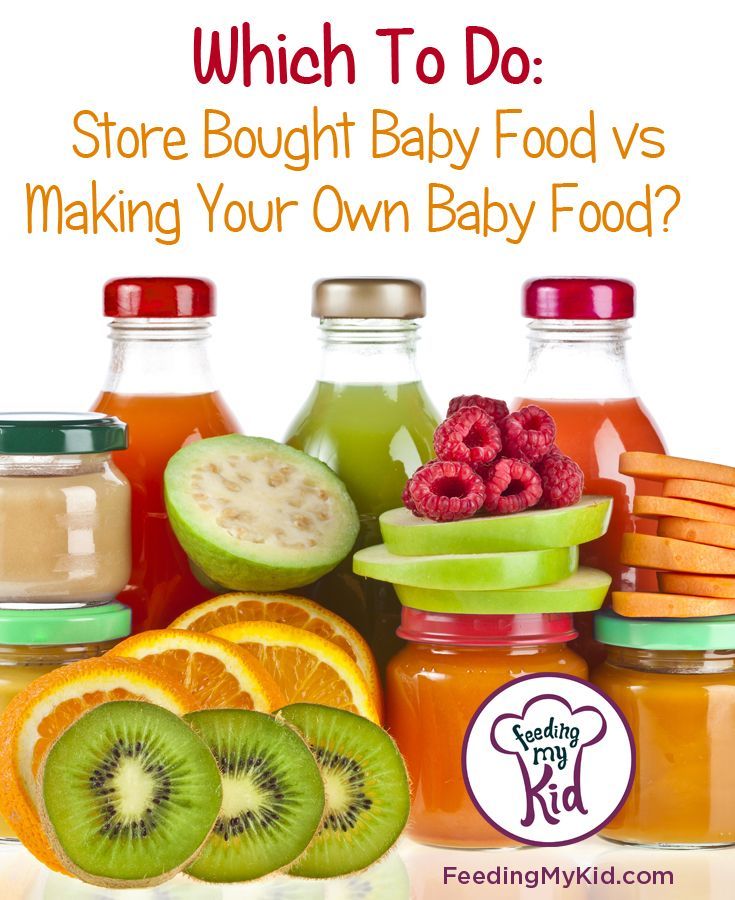
- A plant-based baby food range which will provide a very high-quality vegan diet to babies was launched in April 2021 by the Kraft Heinz Company. It includes three types of products that are made up of Potato baked with green beans and sweet garden peas, risotto with chickpeas and pumpkin and saucy pasta stars with beans and carrot.
- In November 2020, nestle launched frozen Baby food with a simple ingredient and line of foods made of organic ingredients and home grains packed in the bowls. These products will come in combination with vegetables in five different types.
Segments covered in the report.
(Note*: We offer report based on sub segments as well. Kindly, let us know if you are interested)
By Category
- Organic
- Conventional
By Types
- Milk Formula
- Dried
- Ready-to-Feed
- Other
By Distribution Channel
- Drugstores/ Pharmacies
- Supermarkets/Hypermarkets
- Convenience Store
- Online Channels
- Other Distribution Channels
By Ingredients
- Fats and Oils
- Lactose
- Protein
- Flour
- Flavour Enhancer
- Vitamins & Minerals
- Others
By Formulation
- Powder
- Liquid
By Health Benefit
- Brain & Eye Development
- Muscular Growth
- Bones & Teeth Development
- Blood Enhancement
- Nervous System
- Vascular System
- Body Energy
- Other
By Geography
- North America
- U.
 S.
S. - Canada
- Europe
- U.K.
- Germany
- France
- Asia-Pacific
- China
- India
- Japan
- South Korea
- Malaysia
- Philippines
- Latin America
- Brazil
- Rest of Latin America
- Middle East & Africa (MEA)
- GCC
- North Africa
- South Africa
- Rest of the Middle East & Africa
The global baby food market will continue to grow
world market, children food, milk protein
The global baby food market will continue to grow
A new baby food market research report released by 3A Business Consulting shows that the global market will continue to grow, also in terms of value.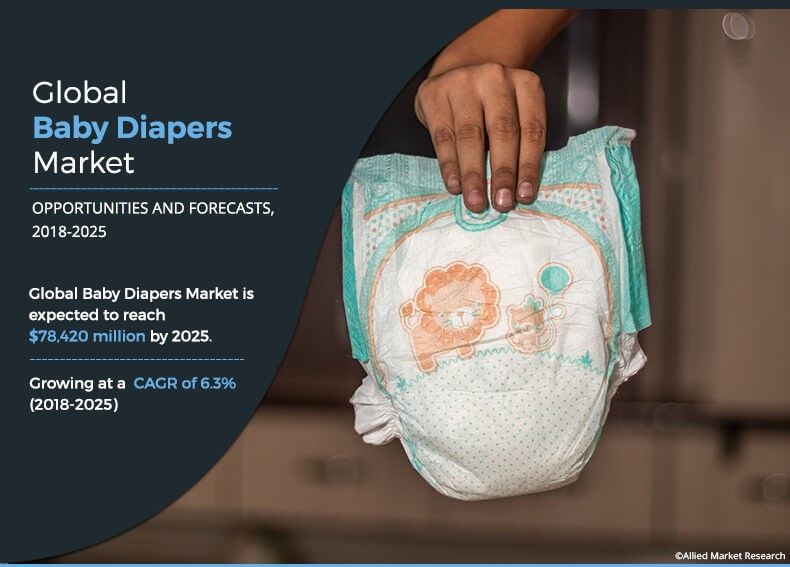
A report titled "Global Baby Food Market (excluding infant formula) and Milk Protein Market 2019-2024" states that the global baby food market (excluding formula) is valued at $17.3 billion in 2019 and is expected to be around $25.6 billion in 2024, corresponding to a CAGR of 7%.
Prepared baby food is the most valuable category, followed by dry baby food and "other" baby food.
Asia-Pacific accounts for 29% of global market value, followed by Eastern Europe and Western Europe. By country, Russia is the largest market for baby food, followed by China and the United States.
Key trends
Growth in the baby food market is driven by packaging innovation, on-the-go products, and healthy and convenient products. In addition, the range of products under economy brands is expanding, attracting low- and middle-income consumers.
Prepared baby food remains the top sales category for baby food, accounting for about 49% of global sales and is expected to continue to grow by 2024.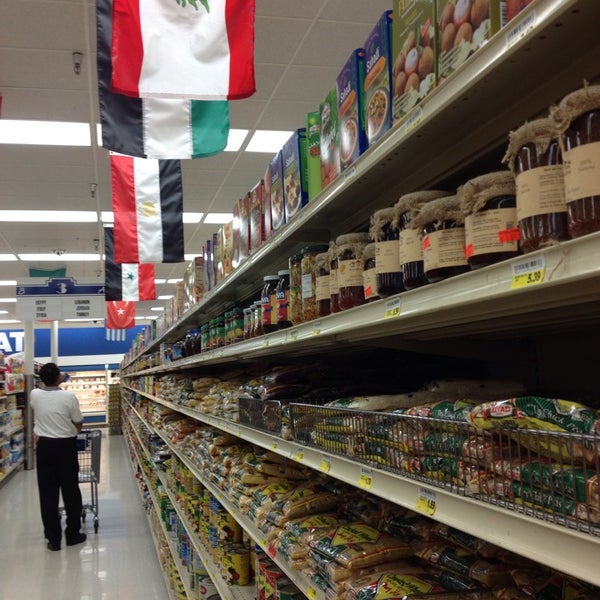
Consumers are paying more attention to overall health and more consumers are looking for clean label products, which means they are becoming more selective in their food choices.
Online retail is the fastest growing baby food distribution channel as it offers wide access to information about products, ingredients, prices, etc. and is also a convenient way to shop as many consumers have easy and constant access to the internet through smartphones and tablets.
Infagro
world market, children food, milk protein
Please enable JavaScript to view the comments powered by Disqus. comments powered by Disqus
comments powered by Disqus market drivers, market analysis, market forecast, market research and trend analysis, analytics
Baby food market analysis in PDF format, WORD is provided in the standard version, it is possible to provide marketing research "Baby food market in Russia" 3 -x variable format: PDF, WORD, Excel.
The structure of production that characterizes the baby food market in Russia is predetermined by the concentration of the main production capacities of baby food in these regions. So, according to the results of the year, the structure of baby food production in the Russian market remains quite stable and corresponds to the share coefficients of the corresponding period of the previous year.
The baby food market size forecast is predetermined by the current market situation, determined by the balance of supply and demand for baby food, as well as by the price components inherent in the baby food market, both from domestic producers and from import supply. The entry of new entrants into the market is an impetus for increased competition in the baby food market, with a particular influence being exerted by manufacturing companies that have in their arsenal the necessary resource base for a significant expansion of production capacities for the production of baby food.
The entry of new entrants into the market is an impetus for increased competition in the baby food market, with a particular influence being exerted by manufacturing companies that have in their arsenal the necessary resource base for a significant expansion of production capacities for the production of baby food.
The specifics that determine the trends, the baby food market in Russia and the prospects for its development are also predetermined both by the current state of macroeconomic parameters in Russia as a whole and in particular by regions, and by the influence of external markets. The volume of the baby food market, its scale and dynamics predetermine the financial condition of baby food manufacturers on the market.
The largest baby food manufacturers are focusing on the dynamics of baby food production and cost reduction in order to increase their operational efficiency and achieve a more stable competitive position in the baby food market in Russia.
Imports of baby food to the Russian market are determined by domestic demand, as well as price correlations from Russian producers and foreign producers.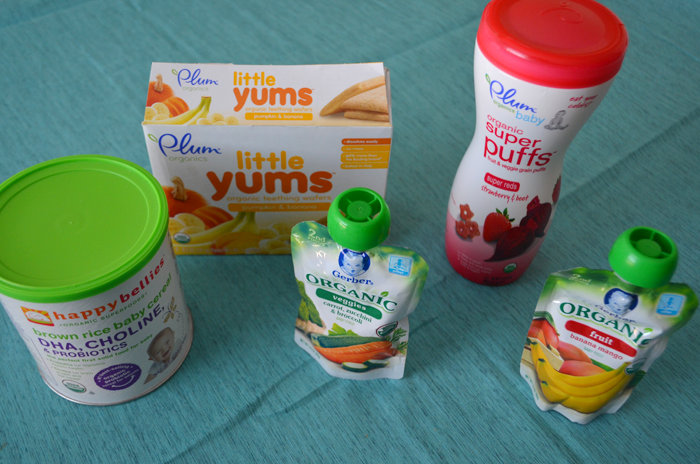 The direction of import deliveries of baby food to the Russian market has a versatile direction, and depending on the period, it changes its vector.
The direction of import deliveries of baby food to the Russian market has a versatile direction, and depending on the period, it changes its vector.
Export of baby food from Russia to the world market has the potential for growth, while the main export regions are foreign countries. The predominant positive aspects of growth are primarily associated with a more attractive valuation of the capacity of the global baby food market.
Baby food market
Benefits of analyzing the baby food market
The key share of the Russian baby food market is characterized by high dynamics. The baby food market attracts businesses with profitability and consumption growth trends in Russia. An analysis of the apparent consumption (market size) of baby food in the Russian Federation shows its market specifics, inherent only in this segment. There are certain complexities and difficulties faced by manufacturers in the baby food market, but the profitability of the market and the need for a quality product continue to attract investors.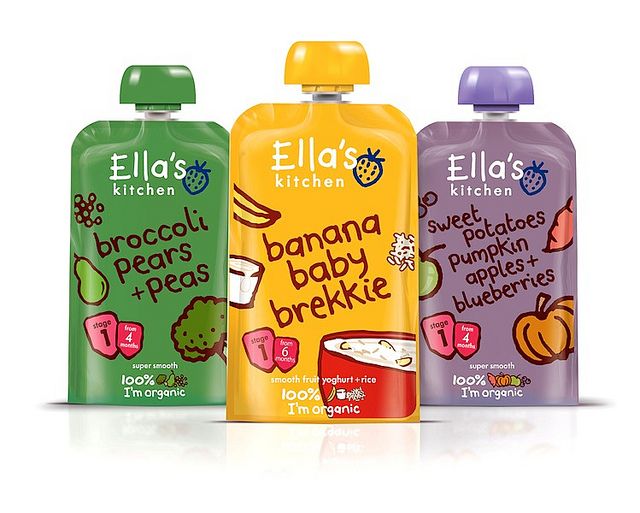 The top leading baby food manufacturers remain stable. Marketing research of the baby food market includes a description of trends, tables, charts, forecasts for each parameter of the baby food market.
The top leading baby food manufacturers remain stable. Marketing research of the baby food market includes a description of trends, tables, charts, forecasts for each parameter of the baby food market.
Analysis of the structure of the baby food market in Russia
Domestic baby food market
The domestic Russian baby food market is subject to the same trends and fluctuations in the world market, and foreign trends in the baby food market, including, are reflected in the Russian community. The demand for baby food in the market space is pushing for increased competition, and the acquisition of baby food market analysis reduces the entrepreneurial risks that arise when new products are introduced to the market. These risks are related to the fact that the probabilistic processes occurring on the market create a situation of instability, variability, surprises in the areas of product evaluation by the consumer, the company's pricing policy, assortment portfolio, advertising and promotion, etc.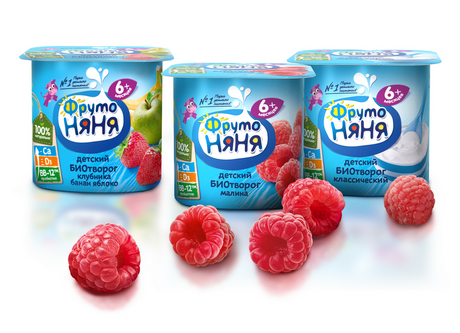
Forecast of the size of the baby food market in Russia
Conclusions baby food market. To carry out a management action that ensures the company's flexibility, an important aspect is to understand the conjugation of the external and internal development of the baby food market, which enables management to respond in a timely manner to changes in the external environment. Achieving this agility is possible through market research of baby food and market analysis data will allow the company to achieve flexibility and the ability to make adjustments to management decisions that will subsequently lay the foundation for competitive advantages.
Analysis-study of the Russian Federation of the baby food market is detailed by key indicators - the actual capacity of the baby food market, the volume of demand and supply of baby food, sales, prices (including for foreign buyers), the value and physical volume of imports, the value and physical volume of exports , prices in the baby food market for imports and exports, prices for each import region, prices for each export region, correlation of prices in the baby food market.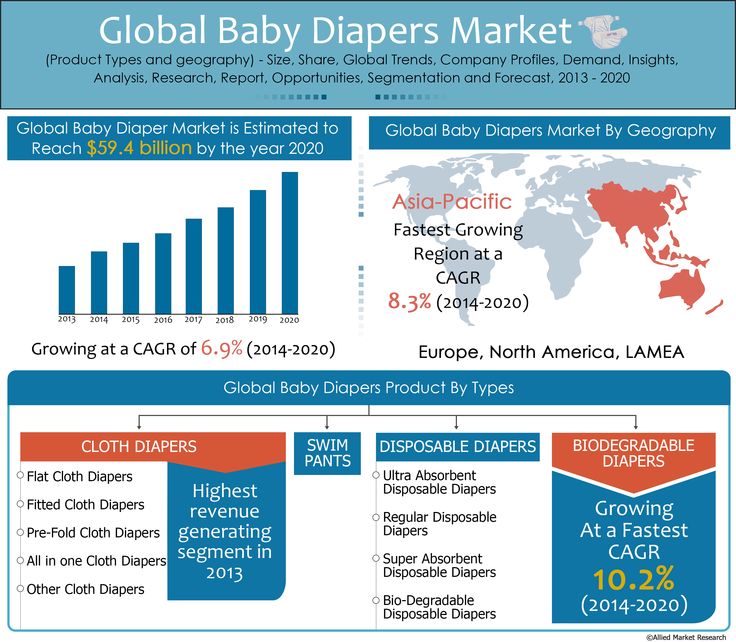

 S., Canada, Mexico)
S., Canada, Mexico) 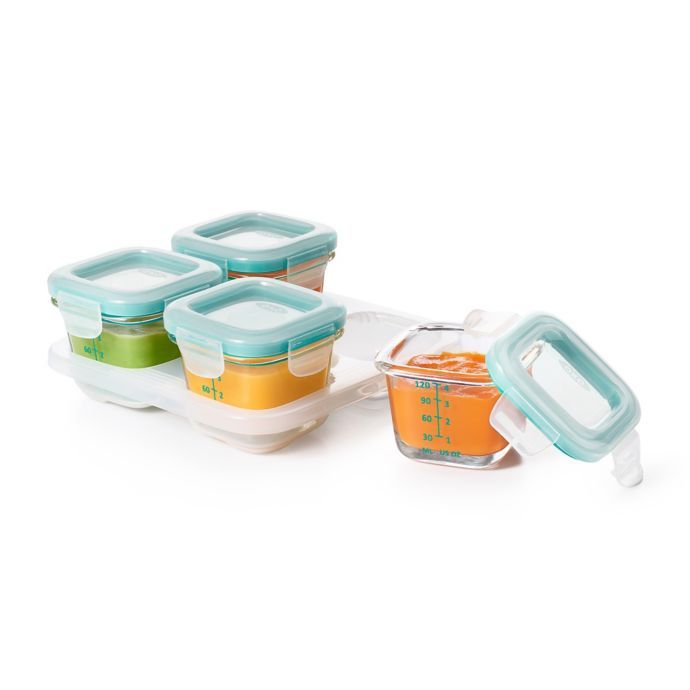 54%
54%


